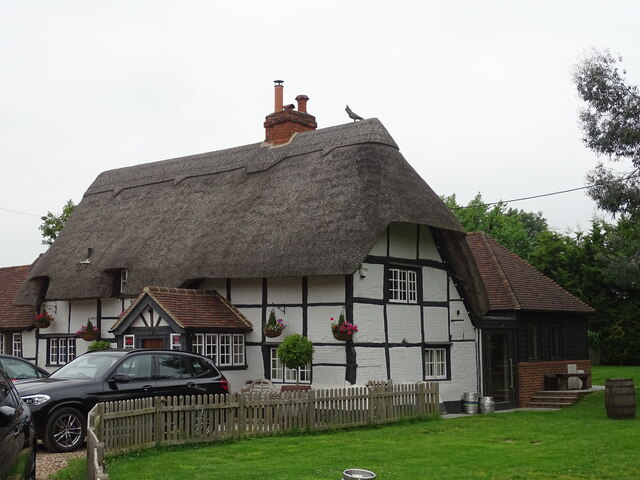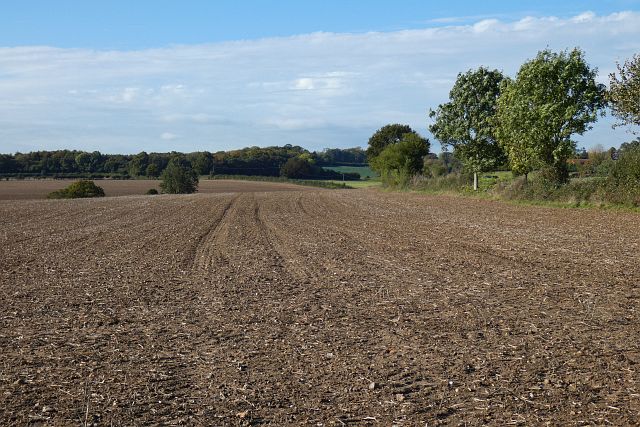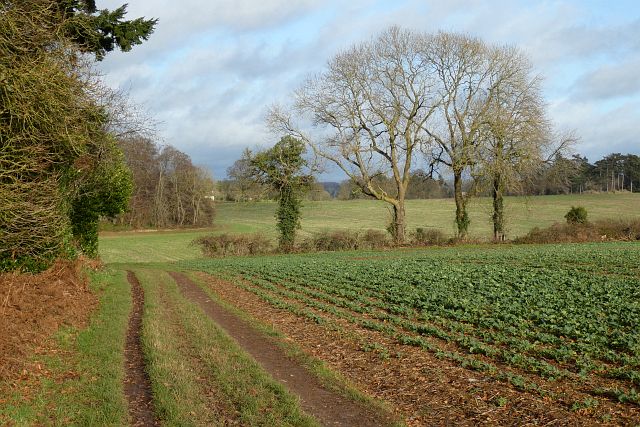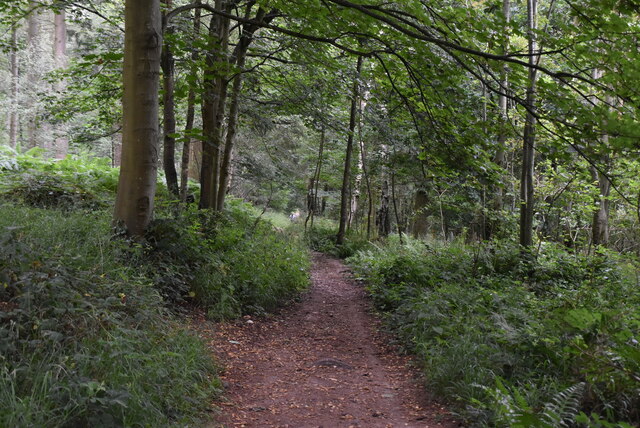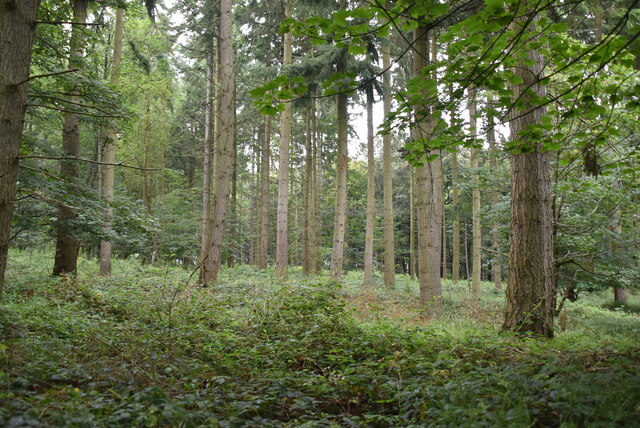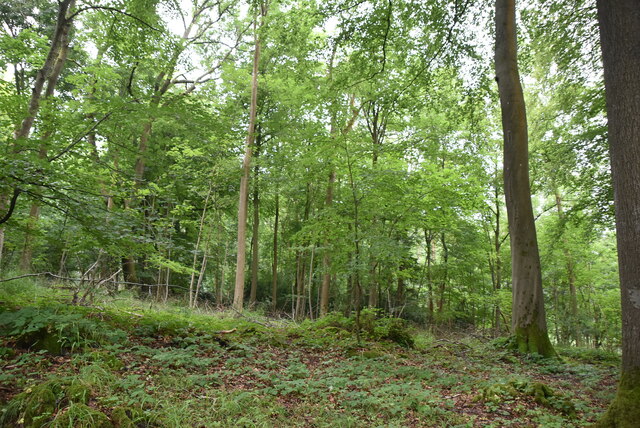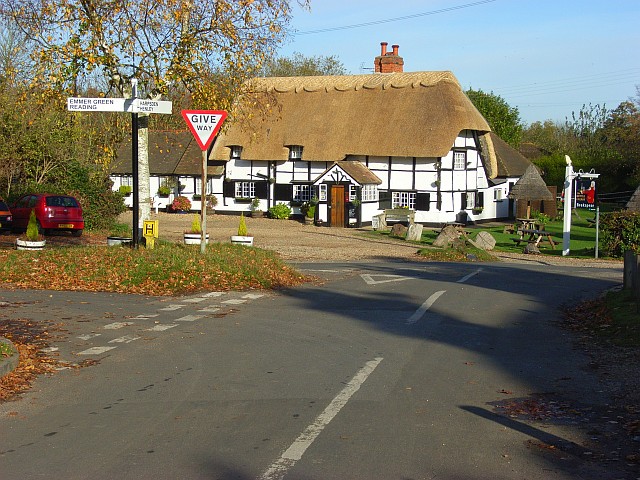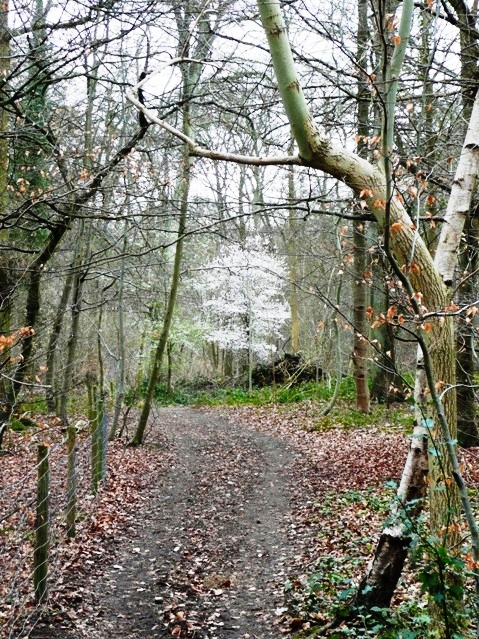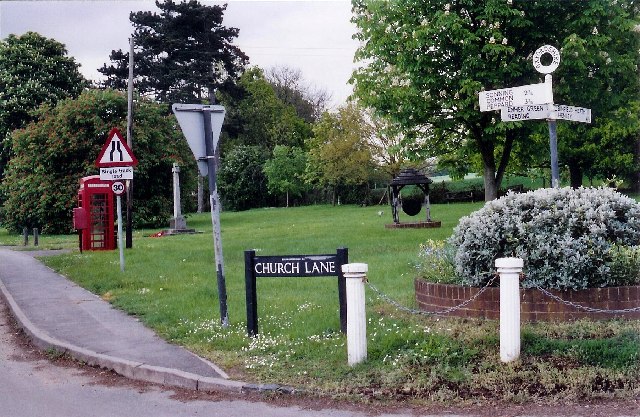Fir Grove
Wood, Forest in Oxfordshire South Oxfordshire
England
Fir Grove

Fir Grove, located in Oxfordshire, is a picturesque woodland area renowned for its dense population of fir trees. Spanning over several acres, this forested region is a haven for nature enthusiasts and provides a tranquil escape from the bustling city life. Situated in close proximity to the historic city of Oxford, Fir Grove attracts visitors from all walks of life.
The woodland is characterized by its towering fir trees, which dominate the landscape and create a dense canopy overhead. The lush green foliage provides a serene and peaceful atmosphere, making it a popular spot for leisurely walks, picnics, and birdwatching. The forest floor is covered with a thick layer of fallen leaves, adding to the natural beauty of the area.
Fir Grove is also home to a variety of wildlife, including deer, squirrels, and a diverse range of bird species. The forest provides a natural habitat for these creatures, making it a prime location for wildlife enthusiasts and photographers.
Visitors to Fir Grove can explore the numerous walking trails that wind through the forest, offering breathtaking views and opportunities to immerse oneself in nature. The pathways are well-maintained and suitable for all ages and fitness levels, making it an ideal destination for families and individuals alike.
Overall, Fir Grove in Oxfordshire is a stunning woodland area that offers a peaceful retreat from the fast-paced urban lifestyle. With its towering fir trees, diverse wildlife, and scenic walking trails, it is a must-visit destination for nature lovers and those seeking solace in the beauty of the natural world.
If you have any feedback on the listing, please let us know in the comments section below.
Fir Grove Images
Images are sourced within 2km of 51.507118/-0.92501316 or Grid Reference SU7479. Thanks to Geograph Open Source API. All images are credited.
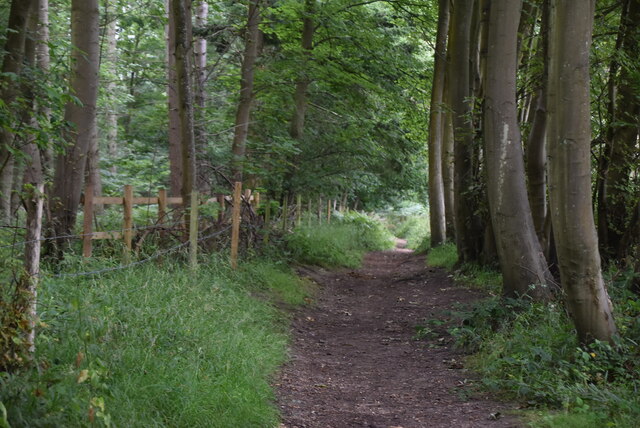




Fir Grove is located at Grid Ref: SU7479 (Lat: 51.507118, Lng: -0.92501316)
Administrative County: Oxfordshire
District: South Oxfordshire
Police Authority: Thames Valley
What 3 Words
///clouding.kinder.topping. Near Henley-on-Thames, Oxfordshire
Nearby Locations
Related Wikis
Binfield Heath
Binfield Heath is a village and civil parish in South Oxfordshire, England, 2+1⁄2 miles (4 km) south-southwest of Henley-on-Thames and 3+1⁄2 miles (6 km...
Holmwood, Binfield Heath
Holmwood is a country house in the village of Binfield Heath in Oxfordshire, England. It is situated on Shiplake Row in the village of Binfield Heath near...
Harpsden Wood
Harpsden Wood is a 29.4-hectare (73-acre) biological Site of Special Scientific Interest south of Henley-on-Thames in Oxfordshire. It is owned by the Woodland...
Dunsden Green
Dunsden Green or Dunsden is a village in the civil parish of Eye & Dunsden in the South Oxfordshire ward of Sonning Common, about 3 miles (5 km) northeast...
Shiplake
Shiplake consists of three settlements: Shiplake, Shiplake Cross and Lower Shiplake. Together these villages form a civil parish situated beside the River...
Crowsley Park
Crowsley Park is a 160-acre (65 ha) country estate in South Oxfordshire, central-southern England, owned by the British Broadcasting Corporation (BBC)...
Gillotts School
Gillotts School is a coeducational secondary school with academy status in Henley-on-Thames, Oxfordshire, England. The school is sited on a 33 acre verdant...
Shiplake College
Shiplake College is a private boarding and day school in Shiplake, by the River Thames, just outside Henley-on-Thames, England. The school, with 520 pupils...
Nearby Amenities
Located within 500m of 51.507118,-0.92501316Have you been to Fir Grove?
Leave your review of Fir Grove below (or comments, questions and feedback).
